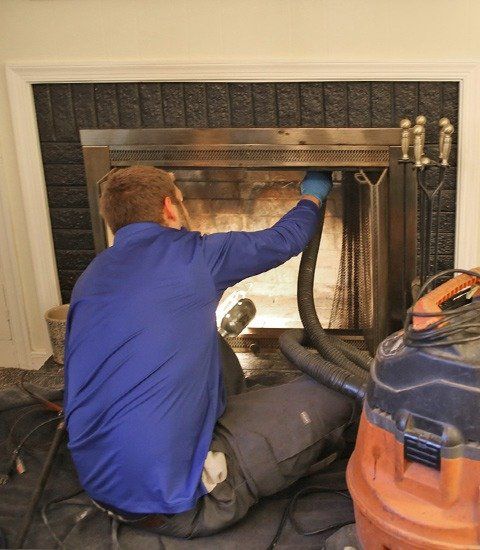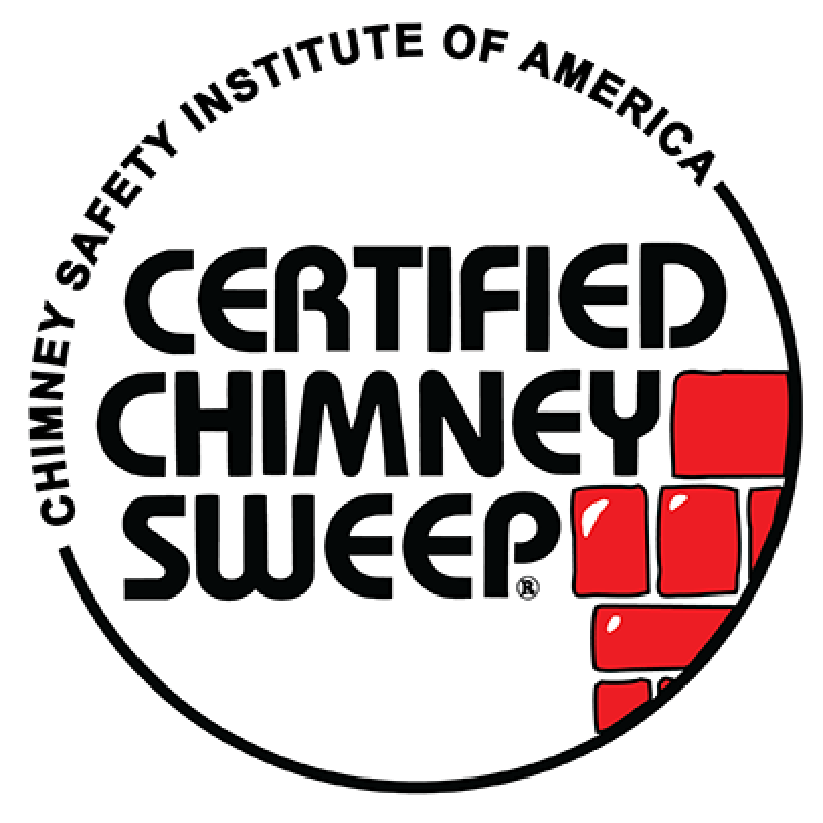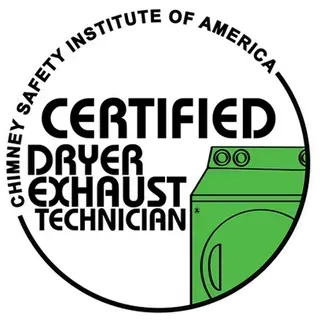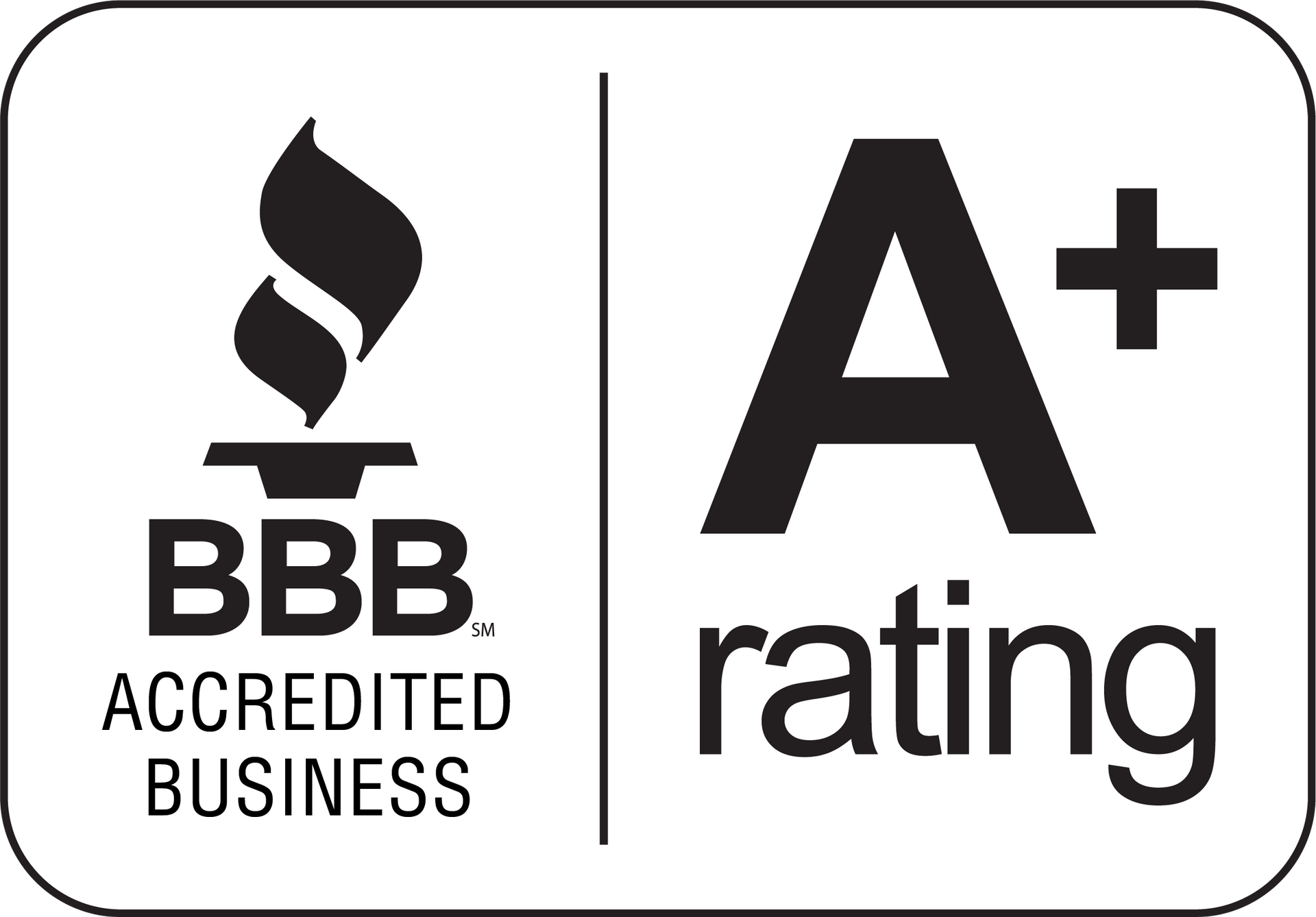How to prepare for a CSIA Certified Sweep® Inspection When scheduling an inspection.
valorchimservices • November 8, 2022
When scheduling an inspection, you want to be prepared and make sure the appointment goes smoothly. Follow this checklist to make sure you have everything ready for your CSIA Certified Sweep or Technician.
At Valor Chimney Services, we’re committed to providing you with a professional chimney sweeping experience. That means we’re always on time, careful with your home and your belongings, and courteous. While we do our best to provide the most pleasant chimney sweeping experience possible, there are some things you can do to help make your chimney sweeping appointment go as smoothly as possible.
While it does vary, you should plan to set aside an hour or two for the
chimney sweeping and inspection.
1. Don’t use your appliance the day before or the day of your
appointment.
2. Have a plan to keep pets and small children away from the area during
the sweeping.
3. Remove any items or obstructions that will make it hard to access your
fireplace.
4. Move furniture and any other belongings within six feet or so of the
fireplace opening.
5. Remove valuables from the mantel, hearth, and
the area close to the fireplace or stove.
6. Clean out any ashes.
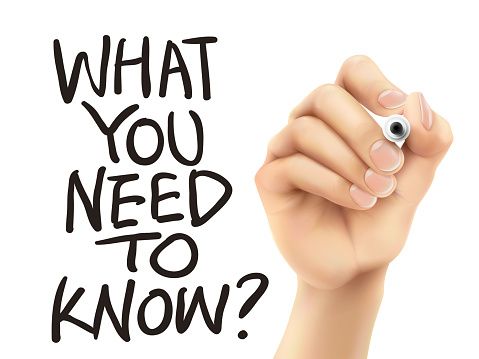
#ChimneyCare
#ChimneyExperts
#ChimneyMaintenance
#ChimneySolutions
#ChimneyInspection
#FireplaceServices
#ValorChimneyCare
#ChimneySafety
#ChimneyCleaning
#ChimneyRepair
#ChimneySweep
#HomeSafetyFirst
#ValorQualityService
#ChimneyInstallation
#ChimneyMaintenanceTips
#SafeAndSecureHomes
#ValorCustomerCare
#ChimneyExpertsInTown
#ChimneyFlueMaintenance
#ValorChimneyInspection
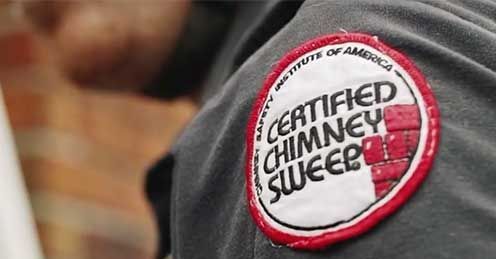
“Chimneys, fireplaces, and vents shall be inspected at least once a year for soundness, freedom from deposits, and correct clearances.” But when else might you need to schedule a chimney inspection? When? You’re making a change to your system – like installing a new appliance, replacing your flue liner, or changing fuel types or appliance types. You’re having problems with your chimney system, or you’ve noticed a change in performance. You’ve had a chimney fire, severe weather, or other significant event that could have damaged the chimney system. You’re moving into a new home. What’s included in a chimney inspection? Are there different types? Not all chimney inspections are the same. Some techs might simply shine a light up in your fireplace and call it a day. But here at CSIA, we know that no two chimneys are the same, and that different chimneys and different situations may require different types of care. That’s why CSIA-Certified Chimney Sweeps® are trained to provide three different levels of inspections (per the NFPA 211 Standard). When you hire a CSIA-Certified Chimney Sweep®, they’ll be able to recommend the right inspection for your chimney and needs. Here’s a little bit about each type of chimney inspection… Level 1 When do you need a level 1 chimney inspection? If your appliance or venting system has not changed and you plan to use your system as you have in the past, then a level 1 inspection is a minimum requirement. A level 1 inspection is recommended for a chimney under continued service, under the same conditions, and with the continued use of the same appliance. What’s it like? In a level 1 inspection, your CSIA-Certified Chimney Sweep® should examine the readily accessible* portions of the chimney exterior and interior, plus accessible portions of the appliance and the chimney connection. Your technician will be looking for the basic soundness of the chimney structure and flue, as well as the basic appliance installation and connections. The technician will also verify that the chimney is free of obstructions and combustible deposits. Level 2 When do you need a level 2 chimney inspection? A level 2 inspection is required when any changes are made to the system. Changes can include a change in the fuel type (for example, you’re switching from woodburning to gas), changes to the shape or material of the flue (i.e. relining), or the replacement or addition of an appliance of a dissimilar type, input, rating, or efficiency. Additionally, a level 2 inspection is required upon the sale or transfer of a property, or after an operation malfunction or external event that is likely to have caused damage to the chimney. Building fires, chimney fires, earthquakes, as well as weather events are all indicators that this level of inspection is warranted. What’s it like? A level 2 inspection shall include all things covered in a level 1 inspection but should also include a visual inspection (through video scan or other means) to examine the internal surfaces and joints of all flue liners incorporated within the chimney. A level 2 inspection will address proper clearances from combustibles in accessible locations, so it should also include an inspection of the accessible** portions of the chimney exterior and interior, including attics, crawl spaces, and basements. There are no specialty tools (i.e., demolition equipment) required to open doors, panels, or coverings when performing a level 2 inspection. No removal or destruction of permanently attached portions of the chimney or building structure or finish shall be required during a level 2 inspection. Level 3 When do you need a level 3 chimney inspection? When a level 1 or level 2 inspection suggests a hidden and serious hazard, and the evaluation cannot be performed without special tools to access concealed areas of the chimney or flue, a level 3 inspection is recommended. What’s it like? A level 3 inspection addresses the proper construction and the condition of concealed portions of the chimney structure and flue. It will include all the areas and items checked in a level 1 and level 2 inspection, as well as the removal of certain components of the building or chimney, where necessary. Removal of components (i.e. chimney crown, interior chimney wall) shall be required only when necessary to gain access to areas that are the subject of the inspection. Removal or destruction, as necessary, of permanently attached portions of the chimney or building structure will be required for the completion of a level 3 inspection. *Readily accessible means: Exposed, or capable of being exposed, for operation, inspection, maintenance, or repair, without the use of tools to open or remove doors, panels, or coverings. **Accessible means: May require the use of commonly available tools to remove doors, panels, or coverings, but will not damage the chimney or building structure or finish. Find more helpful links @ CSIA.ORG and check their Homeowners Chimney Resources.

Chimney repair and chimney cleaning scams are on the rise. Since most people know nothing about chimneys, this is a particularly easy way for scammers to cheat unsuspecting homeowners. Here's how chimney repair and cleaning scams work: The scammer contacts you (via email, phone, etc.) and offers you a special on chimney cleaning for a ridiculously low price, such as $99.00 If you've just moved into a new home, they may say that the previous residents (and mention their names to add credibility) used their company. Once they get to your home, they inspect your chimney and tell you that there is structural damage, or that you need new chimney caps (also known as spark arresters). They may even bring in dead birds or pieces of concrete that they claim fell down the chimney. These con artists usually focus on concerns about carbon monoxide poisoning. They often claim that it's really lucky you caught the leak now, since it could be fatal. There are instruments that prove carbon monoxide leakage if you hear this claim, make sure they prove it to you. Another common scam is for the con artists to claim you need a new liner. Liners are made of clay, cast concrete or metal to contain the fire and direct it upwards and they are expensive. Unfortunately, these scammers often claim good liners need to be replaced. Or even worse, they install new liners in the wrong size or only line part of the chimney, which can be very dangerous. How do you protect yourself? Here are some tips from the Chimney Safety Institute of America: Don't fall for low prices. A legitimate company probably won't take a ladder off the truck for $99. An inspection will probably cost about $225.99 +, and a chimney cleaning should go for at least $300+ and take at least 2 hours. Always ask for and check references Don't let anyone pressure you into fast action. Shop around and get two or three bids before you make your decision regarding which company to use. As more and more companies pop up in our State of IL, where there's is no regulations for our industry, you as a homeowner need to do your own research. Valor Chimney has always given FREE second and third opinions, and if you do a google search and read reviews you'll see how many homeowners we have saved from unnecessary costly repairs. A few things to consider in todays world, check how long they been in business' check how long they been with BBB , c heck to make sure the company is licensed, Insured and certified by CSIA. Call Valor Chimney 630-936-1418 or book online @ www.valorchimney.com
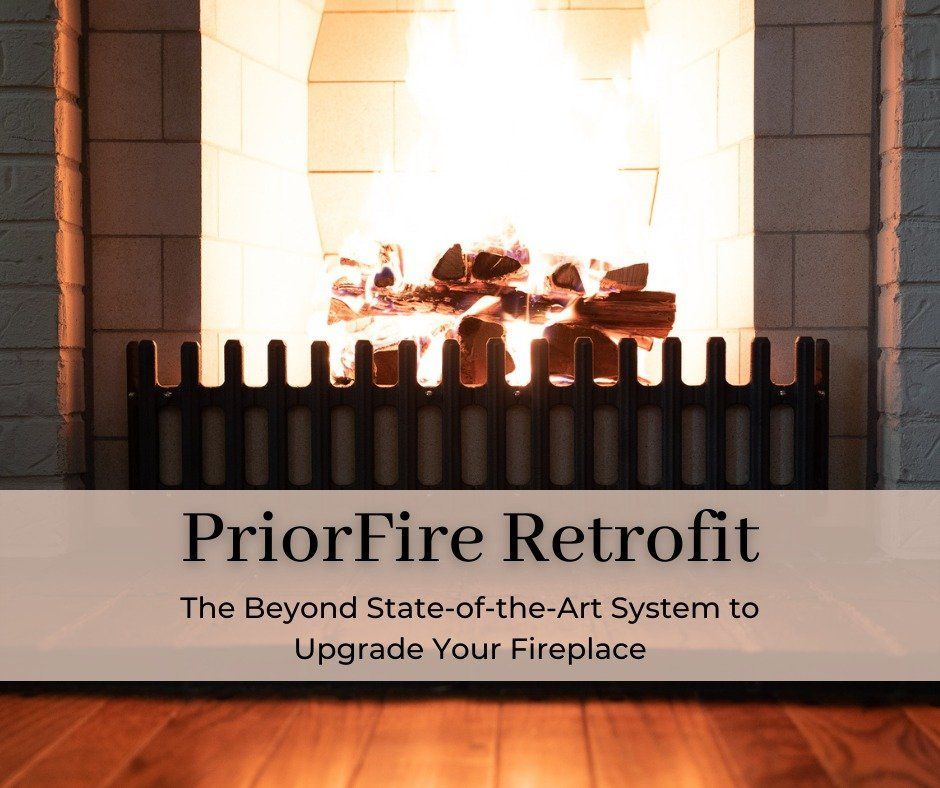
The PriorFire Retrofit Fireplace System is UL listed zero clearance to combustibles with 4” nominal masonry. One Size Fits Most This unit can be installed in any residential fireplace with a width of 30”-41”, an opening height of 26”-30”, and a minimum depth of 22”. Note: depth and interior width is easily achieved by removing the firebox rear and side walls before installing product. Produces 2-3 Times More Heat Than the Average Masonry Fireplace The unit is built with light weight fire brick, so the firebox lining accumulates less heat than standard firebrick or heavy castable materials. More heat radiates into living spaces instead of absorbing into the surrounding masonry. Cleaner Burning The unique back wall “Air Wing” shape keeps the flame in contact with the rear wall of the fireplace. Preheated overfire air is syphoned or injected into the flame through the air injection slots in the back wall. This secondary combustion feature burns off additional particulates before they reach the flue. More complete combustion means a more efficient fireplace with less pollution and less creosote buildup than a standard fireplace or similar products. Valor Chimney is a certified Installer Call 630-936-1415 or book online for FREE quote.
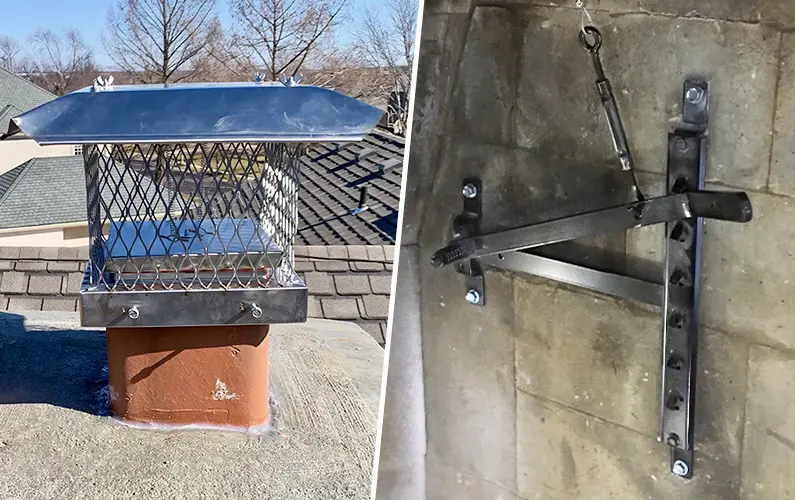
You’re certainly not alone with these questions. Most homeowners would tell you that enjoying a stunning and warm fireplace is incredibly easy; however, knowing how to operate one successfully is just the opposite. Making sure your damper is operating properly is essential to keeping your home warm and pushing toxic smoke outside. So, unless your type of fireplace is eventless, you must have a proficient understanding of dampers before operating it this winter. How to Open and Close Your Chimney Damper. A chimney damper is a manual mechanism that controls airflow and smoke through the chimney flue. A closed damper acts as a seal that keeps the exterior air out and the interior air in. In contrast, an open one sends carbon-monoxide-rich exhaust through the flue and also assists in starting and controlling a fire. The question is, how do you open and close a damper? The answer to this question is dependent on the specific type in your unit. There’s a multitude of different styles, but most homes have either a throat or top-sealing damper. We’ll dive into identifying the specific types of dampers in the subsequent section. You will find the throat damper’s handle at the base of the flue. When the fireplace is thoroughly cooled, you must reach into the firebox and push or lift the handle to open the plate. Top-sealing chimney dampers are significantly easier to open because the handle is mounted on the side of the fireplace wall. Pull or push the handle until it’s secure on a hook or notch. If it springs up and doesn’t feel secure, that means the door is open. Types of Dampers. As mentioned in the previous section, the amount of chimney flue dampers utilized worldwide is voluminous. To keep this post from being 10,000 words, we will focus on the two most common types of chimney dampers: throat and top-sealing. Throat: These are the traditional types often found in masonry systems. It features a cast iron or steel handle that lifts a large metal plate. This plate essentially opens a door that separates the flue and firebox. Your specific type of throat damper handle is likely either a poker, rotary, or pivot. Poker: Also known as vestals, this type is shaped similar to a banana and has fishbone-like grooves that hold it in place. To open the chimney damper, push the handle up until you’ve reached your preferred opening position. To close it, pull the handle down until you hear a thud sound. Rotary: This type opens by way of rotating a key-like component on the side of the fireplace. Rotate the key left or right to open and close it. Pivot: Pivot is a slightly more complex version of the poker handle. It’s shaped the same, except this handle is jointed and has notches on it, allowing the user to set it to different heights. It opens and closes identical to the poker, except you push or pull the handle back and forth with the notches. Top-Sealing: Also known as chimney cap dampers or top-mounted, these feature a small, spring-loaded door located inside the cap, at the top of the chimney A steel cable stretches from the mounted handle, through the flue, and to the spring-loaded door in the cap. Older top-mounted styles feature a long chain as the handle, while more contemporary versions feature a black handle that you push and pull to operate. Top-sealing is superior to the throat type because the handle’s location is much more convenient to reach. In addition to the easy access, since the door is inside the chimney cap, it prevents debris and animals from entering your flue. They’ve also proven to be the most effective type for keeping warm air inside homes. When to Open and Close Your Damper. When a fire is burning in the firebox, it should always be in an open position. Only close it when the system is cool and not in use. This will keep the outside air from entering the home and the inside air from escaping through the flue. A major benefit to chimney dampers is the ability to control and throttle your fires. Damper handles have notches that you will use to throttle the airflow through the flue. Once you establish the fire, you can reduce its position by selecting a notch that narrows the opening. It would be best if you did this with extreme care. If it’s only 1/2 open, smoke, fumes, and carbon monoxide can enter the home from the fireplace. However, suppose you’re sure no smoke is spilling into your home. In that case, a throttled damper will save on excess air leaving your home, and you will have a longer, more enjoyable fire. By reducing the air escaping outside, you will have a warmer home without the furnace working overtime to keep up. Chimney Damper Maintenance Cost. If your chimney damper won’t open, it’s likely damaged, off its track, or debris is blocking it from inside the flue. It is very challenging (and dangerous) to have a wood or gas fire in the fireplace with a partial operational damper. So, if you’re experiencing any issues, you need to call a certified chimney technician. Chimney dampers are subject to debris coming down the flue and can be affected by soot and creosote. The plate must be free of leaves, animals, bricks, mortar, soot, and creosote to operate safely and efficiently. As they’re subject to high temperatures, warping of the frame and plate also becomes a problem. Damaged dampers are a safety matter. You should never use fireplaces with broken mechanisms until you hire a professional to repair them. Like the rest of your hearth and chimney, annual chimney damper maintenance is a must. The repair cost depends on the severity of the issue. If you’re concerned about your system, or it’s been over a year since your last chimney service, contact your local chimney sweep to schedule an inspection. Summary. Knowing how to keep your fireplace damper open or closed is an integral part of safely and successfully operating your fireplace. Dampers are so important because they help start and control fires, release toxic smoke to the outdoors, and prevent indoor air from escaping and outdoor air from entering. With the various types and styles, the novice fireplace operator can easily be confused about how their specific type works. But if you follow the directions provided in this blog post closely, we guarantee that you will adequately understand chimney damper operation. If you’re experiencing issues opening yours or are still not confident about its safety, call your local chimney company to schedule an appointment with a certified professional!
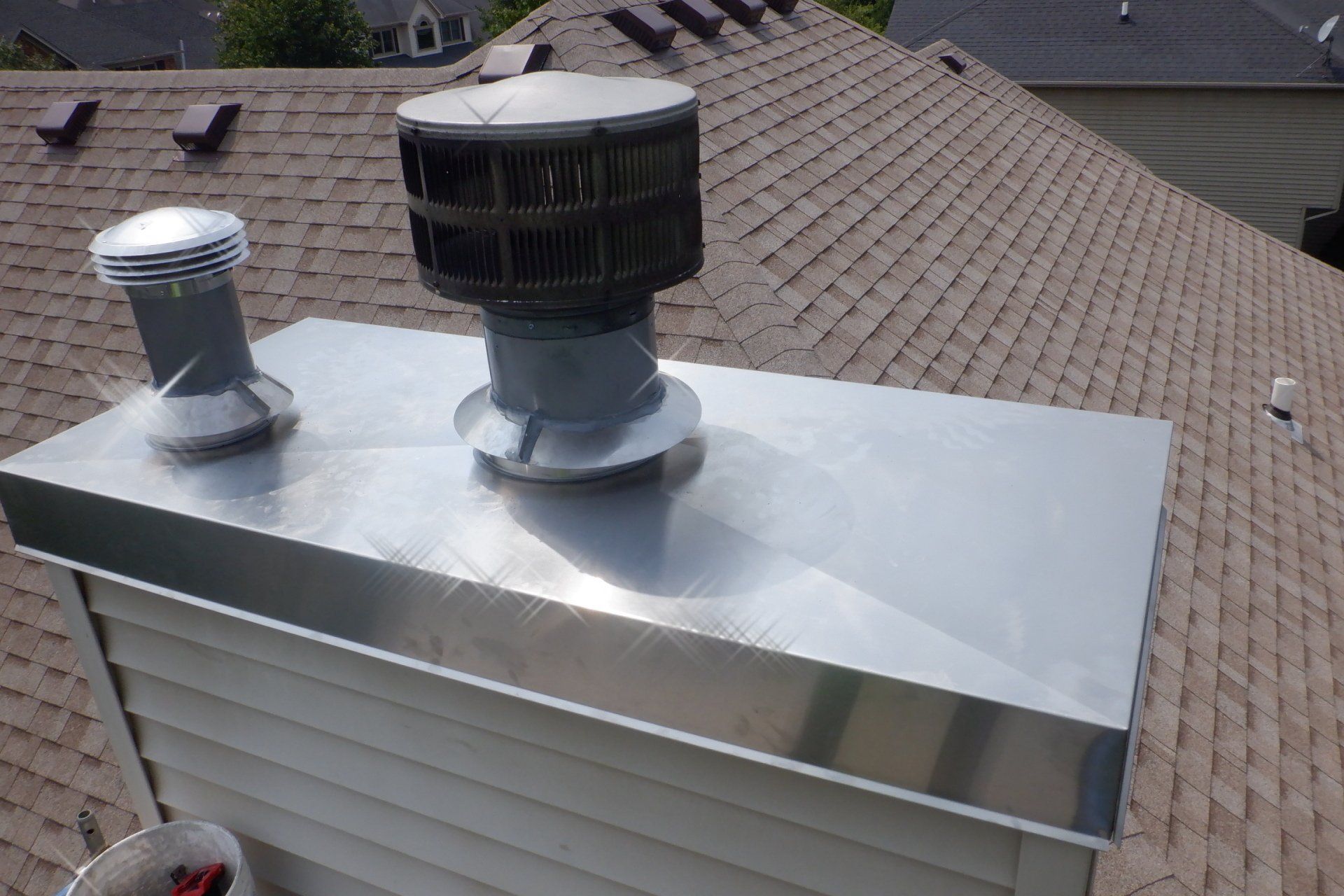
Water is the most common destroyer of chimneys — if your system has even the tiniest weakness, water will find it and quickly begin to deteriorate the system, rusting dampers, eroding mortar joints and slowly destroying flue liners. Any steps you can take to protect a chimney system against water should be taken, because prevention is much more cost-effective than repair. PROTECT YOUR CHIMNEY SYSTEM WITH QUALITY CHIMNEY CAP INSTALLATION. Leaving a chimney without a chimney cap is basically akin to leaving a gaping hole in the top of your home. But a chimney cap that is sized and installed correctly can provide a helpful barrier against water and, combined with other preventative measures (including applying a waterproofing sealant, and making sure that your crown, flashing and damper are all functioning properly), can help prevent the headaches that come with chimney damage. Chimney Caps Provide Protection Against More Than Just Water, Including: Branches Leaves Falling Debris from Trees & Plants Wildlife Including: Birds, Squirrels & Rodents Bugs Noises & Smells The Best Chimney Cap for Your Home. Chimney caps come in a variety of shapes, sizes and materials, including stainless steel and copper. For a chimney cap to provide all of the benefits it’s designed to provide, it needs to be the right size and shape to accommodate the needs of your particular system. With all the chimney caps to choose from, you’ll find chimney caps that are designed for those with animal problems or with wind-related problems like downdrafts. In addition to being functionally valuable, chimney caps can improve the look of your home as well — we install a variety of beautiful copper and stainless steel caps that can add a pop of style to your exterior. Whatever your needs, Valor Chimney Service can help you make the best choice for your specific requirements and situation. Call Valor Chimney Services 630-936-1418 Experience what your neighbors are already enjoying! Join the many satisfied customers who elected to have their chimneys reconstructed by Valor Chimney Services Corporation in Elgin, IL. Call us today for a free estimate!

Would you buy or sell a home that hasn’t been properly inspected for potential problems like mold formation or a leaky roof? We’re hoping your answer is no. Before signing the dotted line and sealing the deal, we hope you’d also consider getting the fireplace and chimney inspected by a professional chimney sweep to avoid possible hidden flaws and costly repairs. Although chimney and fireplace inspections slide under the radar, it is an important step in the buying and selling process. As both a buyer and a seller, you want to rule out the possibility of chimney/fireplace issues as it can affect the negotiating process and help you avoid future claims. According to a survey by the National Association of Realtors, 40% of home buyers said they would spend the extra money on a home with a fireplace. Therefore, it’s important to hire a certified chimney sweep to perform a thorough, well-documented inspection to make sure you are buying or selling a home with a well-maintained chimney and fireplace. According to the Chimney Safety Institute of America, chimneys, fireplaces & vents should be inspected yearly. Of course, you can never assume this was the case when purchasing a property, so it’s best to stay above board and get it inspected, no matter what. Here in Illinois, a ‘level 2’ fireplace inspection is required upon the sale or transfer of any property with a fireplace. After we complete a Level 2 inspection, Valor Chimney Services & Masonry will provide you with written reports of our findings and recommendations. People often assume a standard home inspection includes a thorough inspection of the chimney and fireplace. However, not all chimney inspections are performed properly, and you may end up spending money on repairs and rebuilds down the road. If you’re either on the hunt for a new home or are thinking of selling your property in the Chicago land area, Contact us today to set up an appointment 630-936-1418. Your real estate transaction will require a full-service inspection team you can count on!

By focusing your dollars on your fireplace, you can update the surrounding area to create a stunning new look, or you could invest in a gas fireplace conversion to warm your home with the flick of a switch. Regardless, fireplace upgrades can make you home more attractive and keep you warm in the winter months. Convert your traditional fireplace to gas: Converting your traditional, wood-burning fireplace to an efficient and warm gas unit is quick and easy. While it usually takes less than a day to convert your traditional fireplace, the gas unit will provide years of warmth and value to your home. Update your mantle and brick or woodwork: If the area surrounding your fireplace looks archaic, your tax return can be used to modernize your mantle and brick or woodwork. Have your chimney cleaned and inspected: If you’re not expecting a large tax return, your refund can still be put to good use. A thorough chimney cleaning and inspection by Valor Chimney Services will ensure that your system is safe and efficient. Our chimney sweep services will remove potentially hazardous creosote that can harm your chimney, and our inspections can identify any potentially dangerous deterioration. If you are in the Chicago-land area, and regardless of the amount of your tax return, we can help you invest it into your fireplace or chimney to add value and beauty to your home, or keep your system safe and efficient. For more information about our chimney repair services and renovations, contact us today. www.valorchimney.com (630) 936-1418


